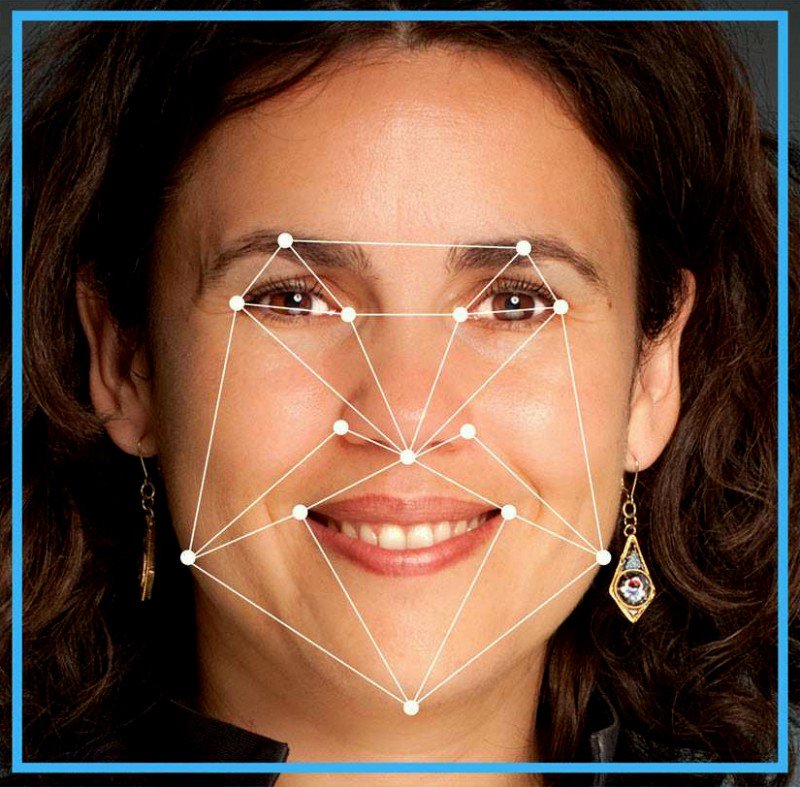(RT)
— The Federal Bureau of Investigation (FBI) wants to prevent
information about its creepy biometric database, which contains
fingerprint, face, iris, and voice scans of millions of Americans, from
getting out to the public.
The Department of Justice has come up with a proposal to exempt the biometric database from public disclosure. It states that
the Next Generation Identification System (NGI) should not be subject
to the Privacy Act, which requires federal agencies to give people
access to records that have been collected concerning them, “allowing them to verify and correct them if needed.”

The FBI is scared sh*tless about the details of this database being made public.
The proposal states that allowing individuals to view their own records, or even an account of those records, could compromise criminal investigations or “national security efforts,” potentially reveal a “sensitive investigative technique,” or provide information that could help a subject “avoid detection or apprehension.”
The database contains biometric information on people who have provided fingerprints to employers, or for licenses and background checks, as well as on convicted criminals and those that have been suspected of wrongdoing even for a short period of time, according to Underground Reporter.
The proposal argues that the FBI should be able to retain the data it has collected on individuals even if they are later found to have done nothing illegal, as the information “may acquire new significance when new details are brought to light.”
The FBI claims the retained data could also be used for “establishing patterns of activity and providing criminal lead.”
In addition, the FBI’s proposal calls for an exemption to a clause which requires agencies to maintain records proving that their determinations regarding individuals in their data base are fair and legally justified, arguing that it is “impossible to know in advance what information is accurate, relevant, timely and complete.”
The proposal is open for comment until June 6.
Facial recognition is being used outside the realms of law enforcement as well. For example, a nightclub in Sydney uses the technology to identify clubbers previously deemed unruly to prevent them from getting in again.
Facebook has long used facial recognition
software to identify people in uploaded photographs and offers facial
recognition as a method of verifying a user’s identity.
There are now even facial recognition apps that can identify strangers on the street. While this may be great news for stalkers, it is less so for those not inclined to reveal their identity to random passersby.
Meanwhile, there are companies making
products that can confuse or fool facial recognition software. A
Japanese company has invented a “privacy visor” that will “scramble
digital facial recognition software,” Biometric Update reports.
Specially made clothes and camouflage make up can turn a face “into a mess of unremarkable pixels” in order to throw the technology off.
Specially made clothes and camouflage make up can turn a face “into a mess of unremarkable pixels” in order to throw the technology off.
Inside the NGI, in the words of the FBI
The information stored on the FBI’s Next Generation Identification System, the biometrics database it is trying to keep under wraps, gives federal agents access to a number of identification systems.
Here’s a rundown on the tools on offer to law enforcement, as detailed on the FBI’s website:
• The Interstate Photo System contains 23 million front-facing photographs that can be used to identify suspects without human intervention.
• The Repository for Individuals of Special Concern (RISC) allows agents in the field to rapidly identify detainees and criminal suspects by searching a repository of Wanted Persons, Sex Offenders Registry Subjects, Known or appropriately Suspected Terrorists, and other persons of special interest.
• The Latents and National Palm Print System is an updated database of finger and palm prints that can be searched on a nationwide basis.
• The Rap Back Service notifies agencies of the activity of individuals after “the initial processing and retention of criminal or civil transactions.” The service can “notify agencies of subsequent activity for individuals enrolled in the service. Including a more timely process of confirming suitability of those individuals placed in positions of trust and notification to users of criminal activity for those individuals placed on probation or parole.”
• Iris Recognition is “poised to offer law enforcement a new tool to quickly and accurately determine identity.”




























































































































